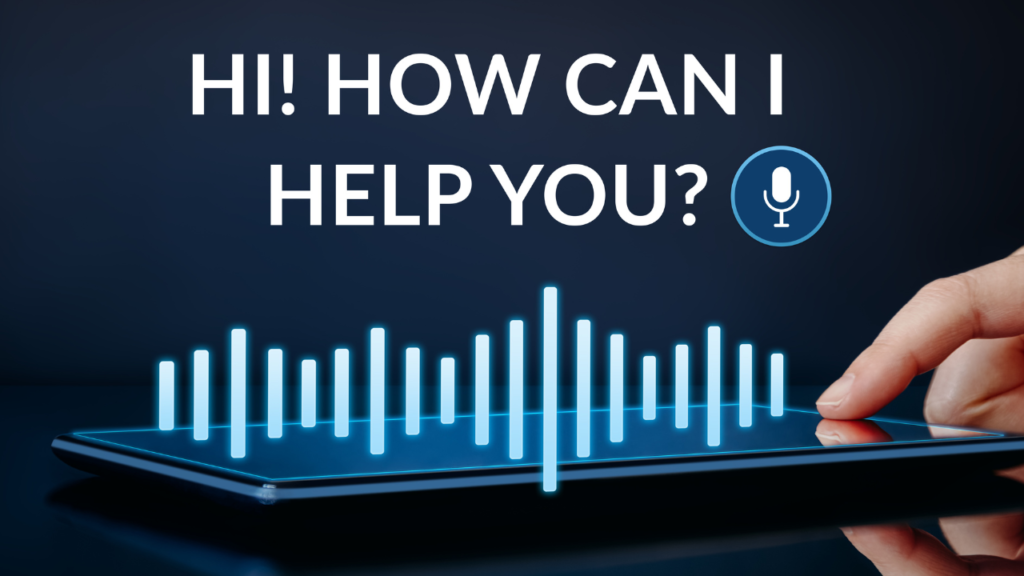
The dawn of a new era in user interface (UI) is upon us, and it seems it’s got a lot to say. Yes, we are talking about the intriguing and slightly unnerving world of voice assistant user interface. It’s almost as if we’ve stepped into a retro-futuristic movie, except the voice assistants don’t have the menacingly robotic tone – they are alarmingly human-like.
The voice assistant user interface is the natural evolution of UI. It’s not just a shiny new toy for tech enthusiasts to play with, but an essential tool that can make our lives simpler and more efficient – or at least that’s the theory. Welcome to the world where you can dictate your shopping list to a device, ask it to play your favorite melancholic tunes, or have it tell you a borderline inappropriate joke – all by just using your voice.
The fundamental goal of any user interface is to foster interaction between humans and machines. Early UI was all about punch-cards and command lines, and boy, were they ‘fun’. That evolved into graphical user interfaces, which, despite bringing in visually appealing elements and an easier learning curve, still required a physical point and click. Enter the touch interface, a revolutionary leap that brought us closer to our devices. But, it seems, we weren’t close enough.
Voice assistant user interface is the next logical step in this evolution. Touching is so passé, darling. Why bother reaching for your device when you can just command it to do your bidding like some sort of digital genie? Voice interaction is undoubtedly more natural, intuitive, and hands-free.
To illustrate the significance of this technology, consider those with physical disabilities who struggle with traditional interfaces. Voice assistants can open up a new world of accessibility for them. But, as with any revolutionary technology, the voice assistant user interface is not without its challenges.
Privacy concerns, anyone? The idea of a device always listening for your command can set off more than a few alarm bells. Not to mention the potential for miscommunication, because let’s face it, human language is a minefield of ambiguity. Just remember the debacle of asking your voice assistant to “call mom” and instead, it ends up calling your ex. Awkward.
Also, we cannot ignore the uncanny valley effect. The voice assistant user interface strives for a natural, human-like interaction, but sometimes it tries too hard. We are not quite ready for our devices to ask about our day or make a sarcastic comment about our music taste.
Despite the challenges, the potential of the voice assistant user interface is undeniable. It represents a fundamental shift in how we interact with technology, making it more personal and engaging.
In the end, it’s all about the user experience. If voice assistants can deliver a seamless, efficient, and enjoyable user experience, they will undoubtedly become a mainstay in our lives. Until then, it’s a fascinating area of study, fraught with both promise and pitfalls.
So, here we are, standing at the precipice of yet another technological evolution, one that has a lot to say. We may not know what the future holds for the voice assistant user interface, but one thing is certain – it’s going to be a talkative journey. And much like a gossipy neighbor, we can’t help but be intrigued by the chatter.


